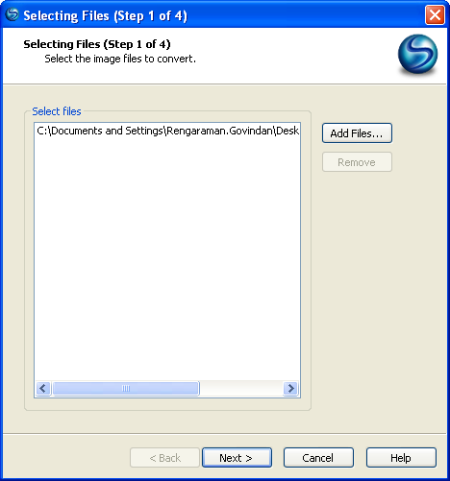If you are looking for a Java software developer, your requirements will be someone with good knowledge and experience in core Java or advanced Java, able to write some Java scripts and so on. It is very straight and narrow.
Now, here is the question:
how do you evaluate while recruiting a Technical Writer..?
Should we test his/her knowledge on conditional text knowledge in FrameMaker or test his/her context-sensitive help creating ability..?
It’s a bit wide and confusing. In fact most of the programming managers don’t know or ignorant while interviewing a technical writer. 🙂
This post is the answer for all these questions. Please note that this is just my point of view and need not to be the same answer as like how much will you get when you add four and three? 🙂
- Can you write..?
Imagine you are in the National Cricket Selection Board. While selecting a player, will you ask someone “Do you know how to play cricket?”
Sounds so stupid, rite..? Yes, it is.
It is inevitable that a Technical Writer ought to possess good writing skills – free from typos, error-free grammatical sentences and so on.
Can you list any tool that gives a blank output/help page..?
No, you can’t. It is the Technical writer who needs to document/write procedures and instructions to generate an output.
2. Eureka
As a Technical Writer, you need to know and understand how things work. How a software application runs? Nobody will come and train you. You need to find, go around with a can-do attitude, try your hand, make a trial and error attempt, and test it.
As a Technical Writer – you are the first consumer/client of that application, play around and document your experience. Gain the required knowledge on technical writing tools available in the market and choose the right tool which suits for your client’s preferred deliverable.
Gaining knowledge on a specific tool is not as complex like a cryogenic engine technology. Always, there is a thirty days trial available, and of course a manual or an online help is there. Install and play around in it. Still feel like landed in a no-man area..? Google is there. 🙂
3. Say hello!
Ok, now you can write, able to use a tool of your client’s choice and able to create manuals and help. Is that enough?
Still you need to horn-up a very important skill, yes, I am talking about people interaction skills.
Every day you may need to:
- Work with developers
- Discuss about a technical issue with Quality Assurance engineers
- Clarify one important point with a subject matter expert
- Give a demo on advance features of the product to your team members
So interacting with people is an essential skill for you. You may have to buy their time, interview, gel with them (even though if you get irritated with their crack jokes).
There may be many other inevitable skills essential for a technical writer. But I consider these three as very crucial. Any other thoughts or points that I missed are most welcome as comments here.

